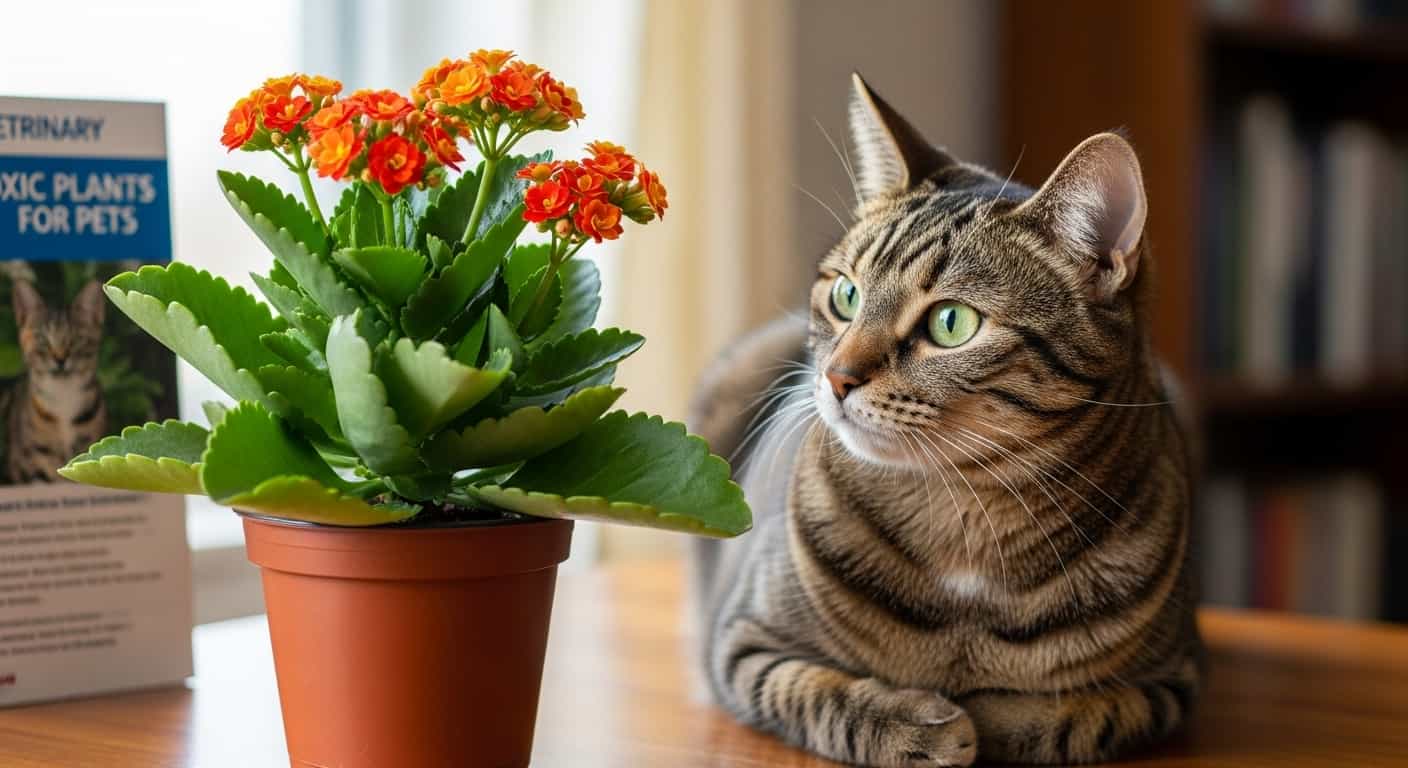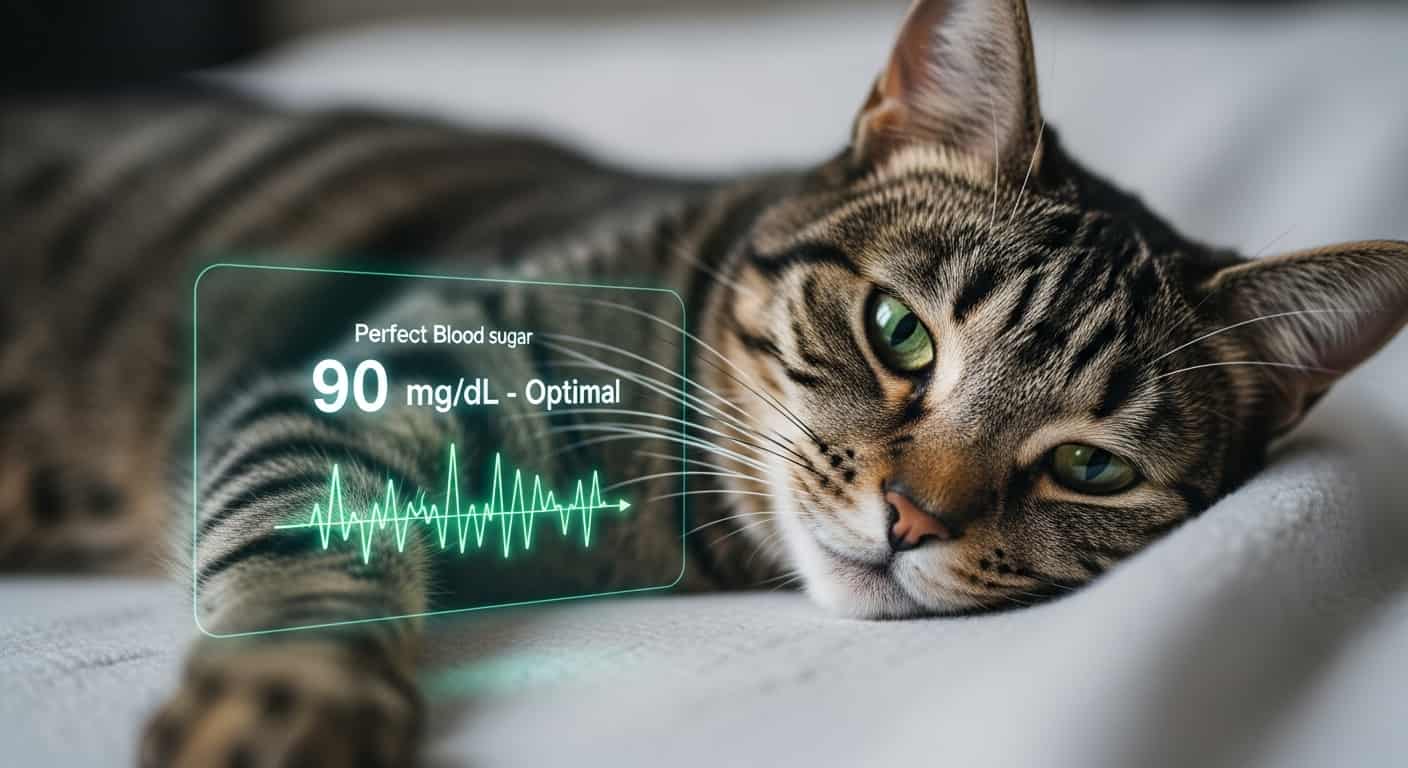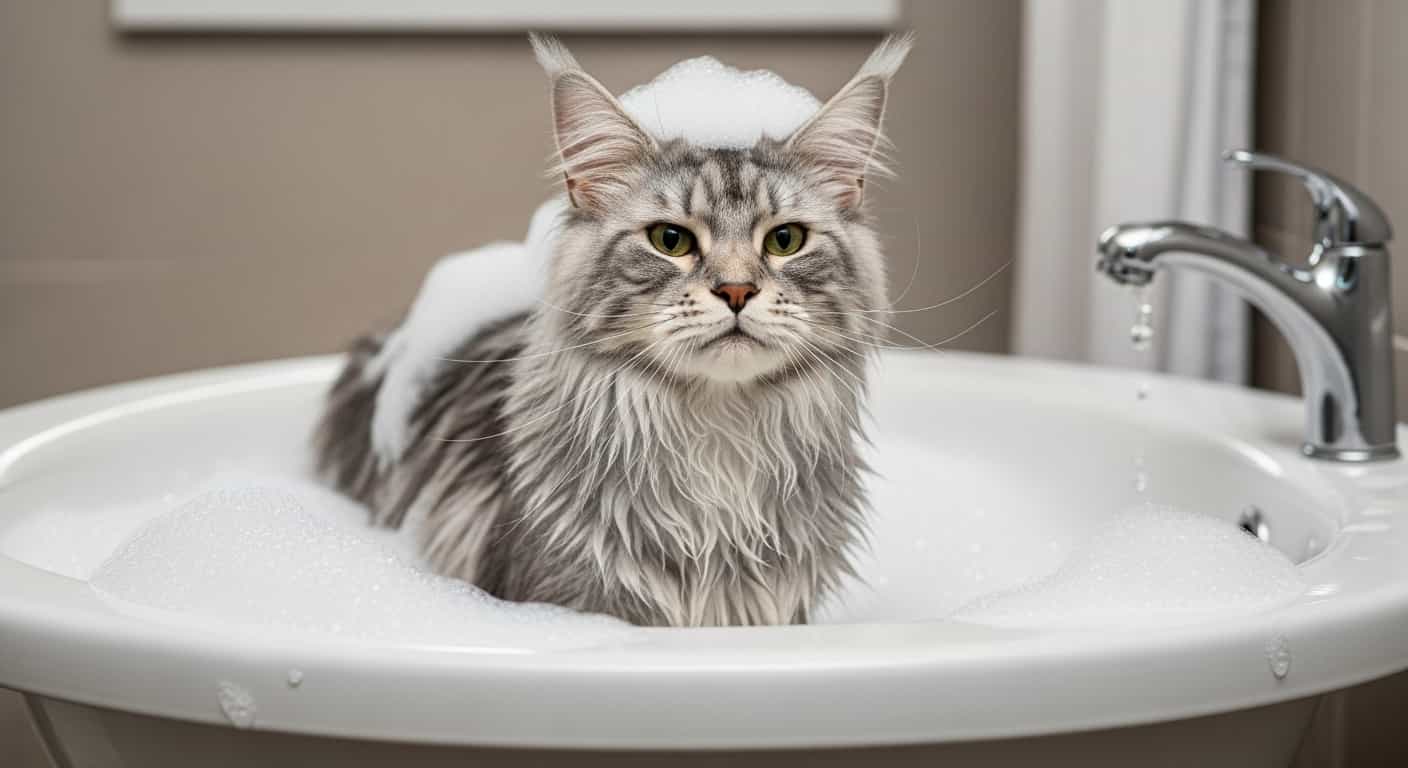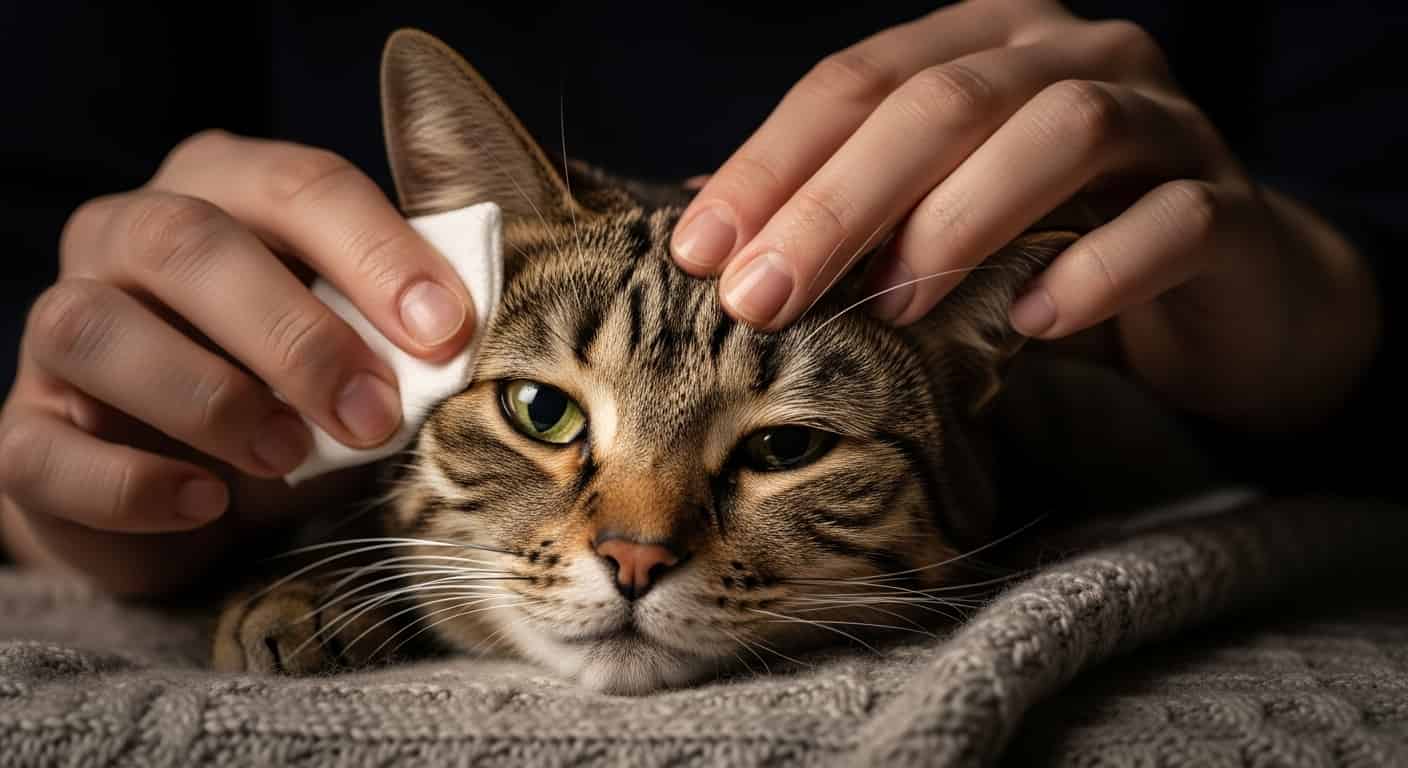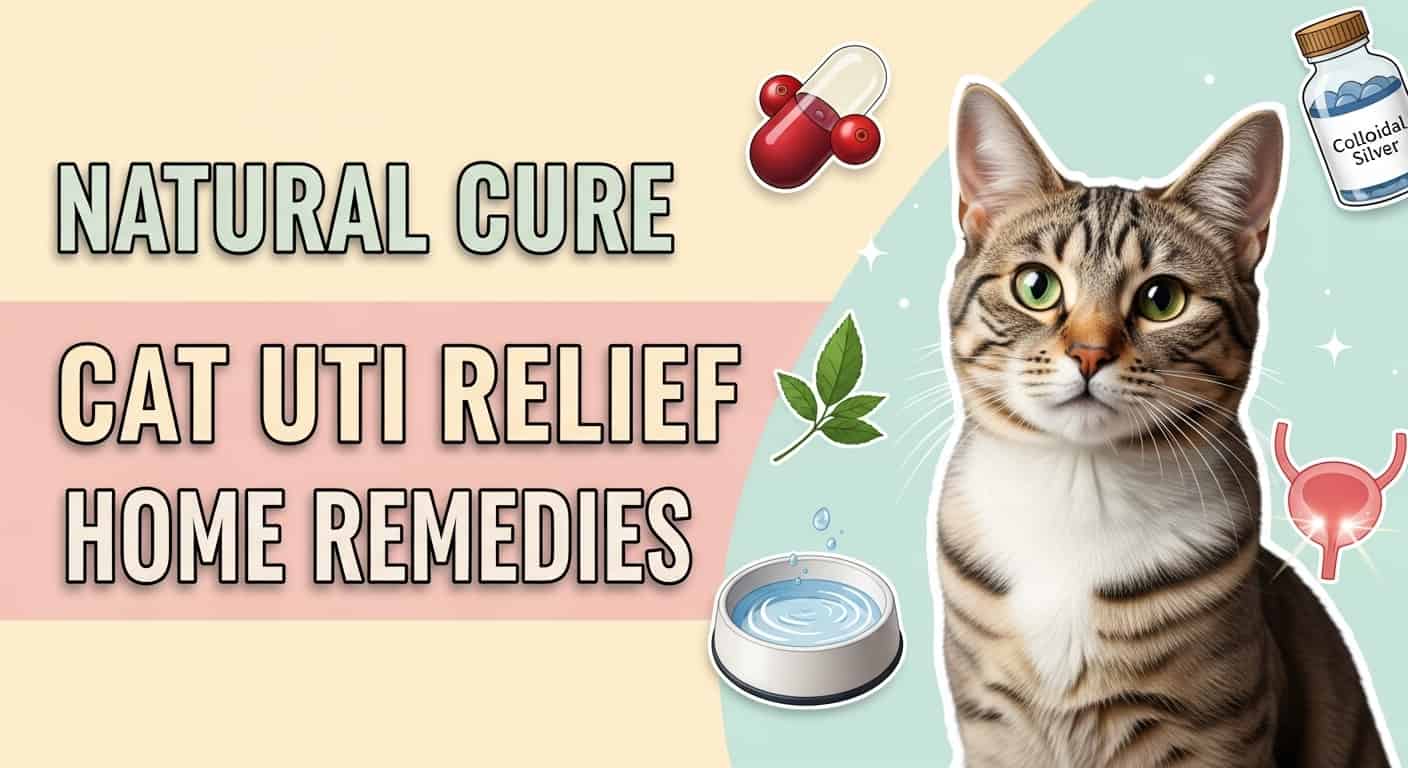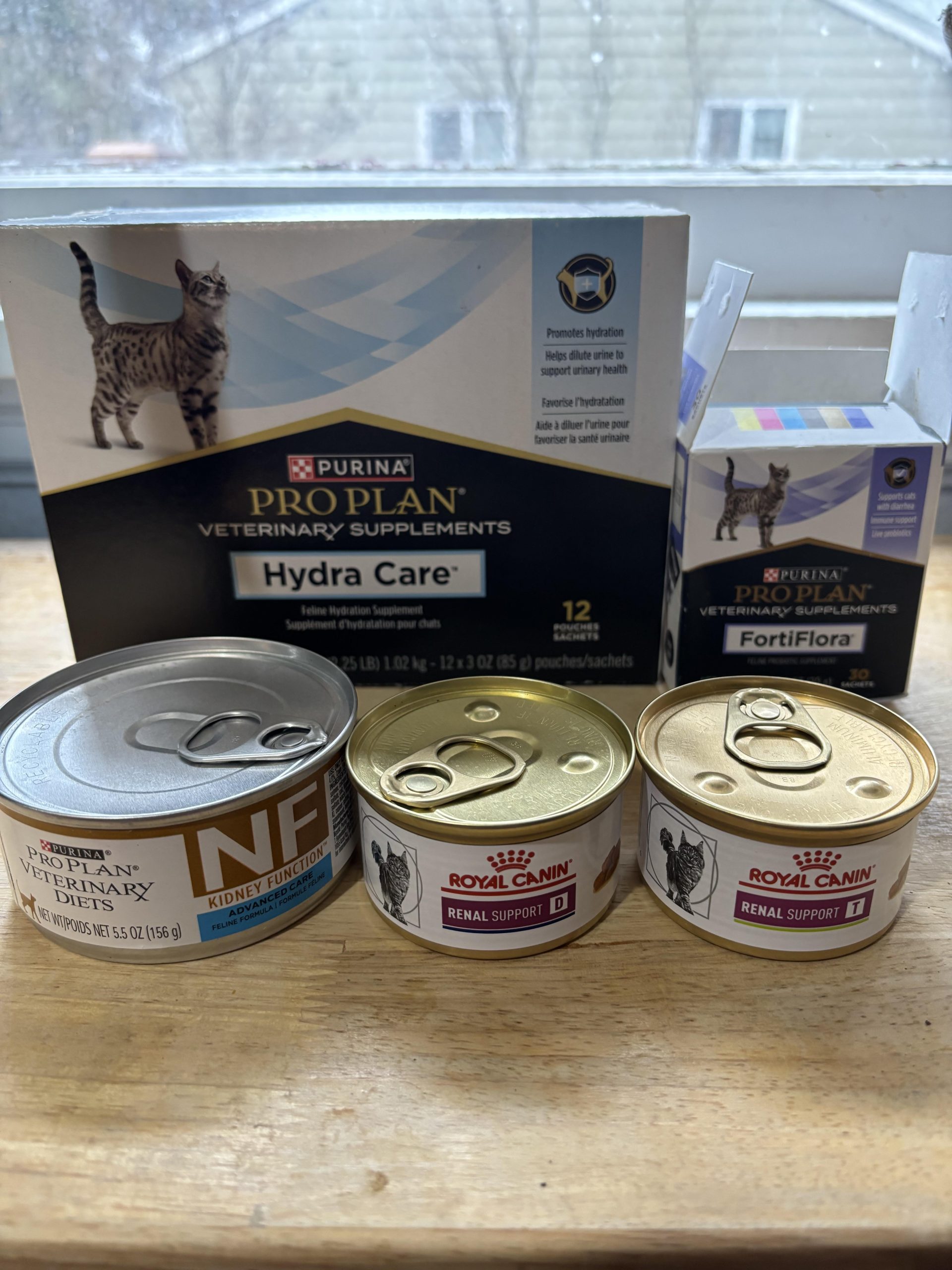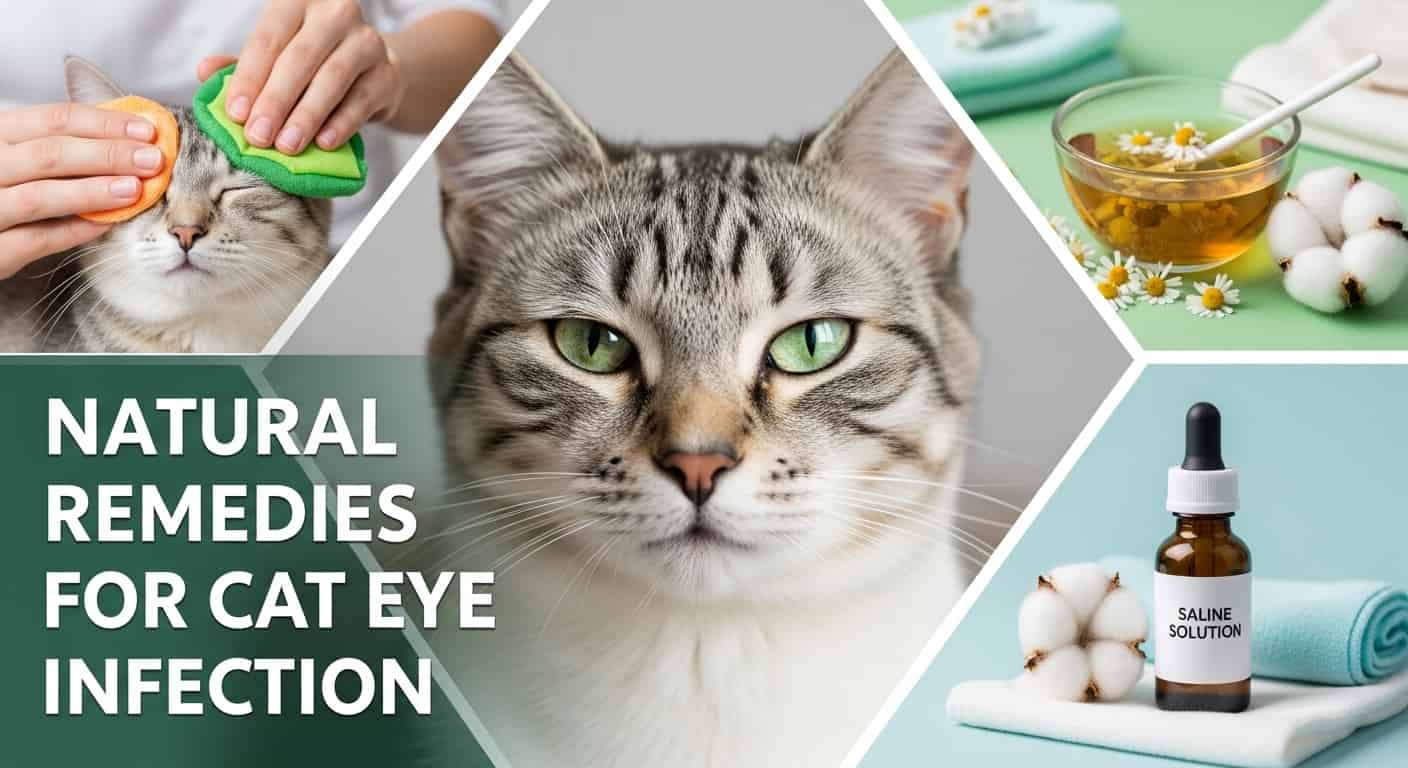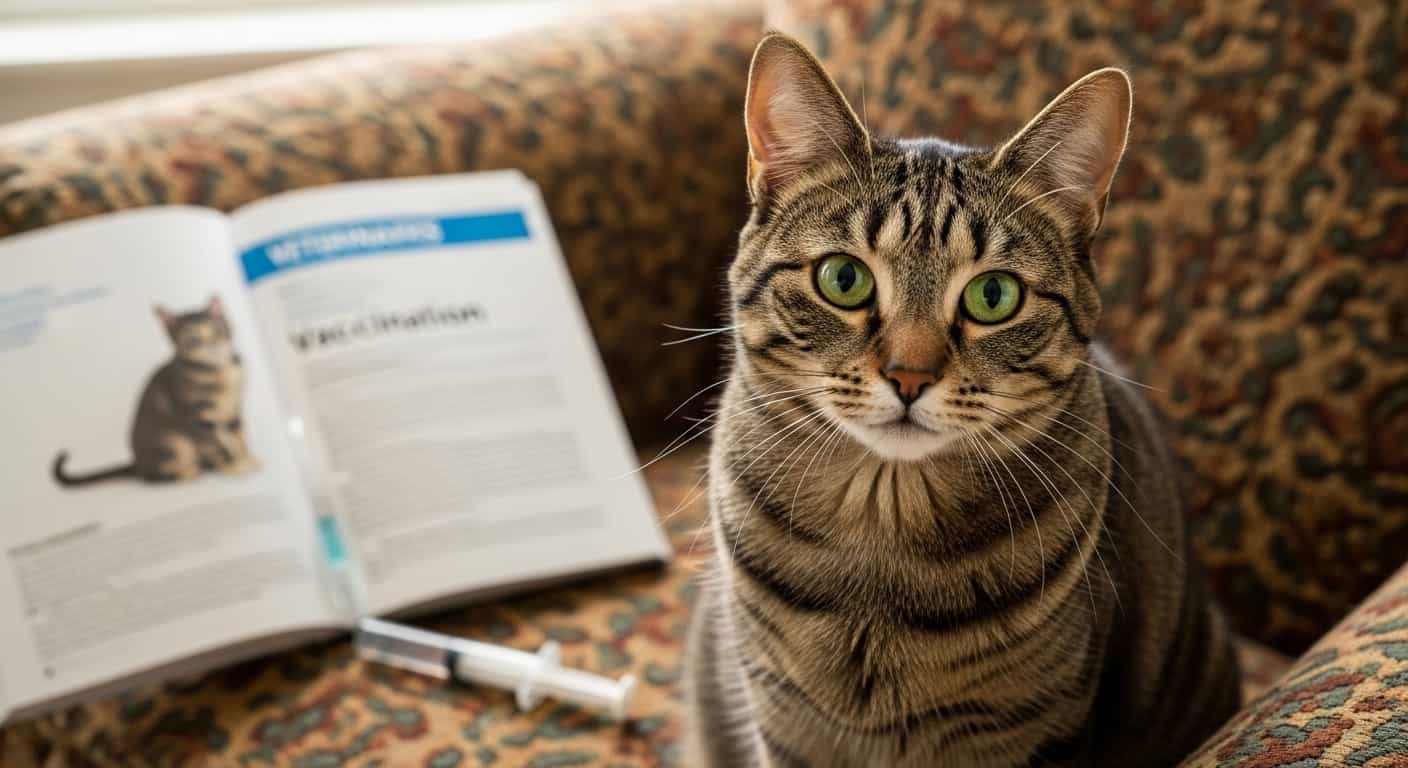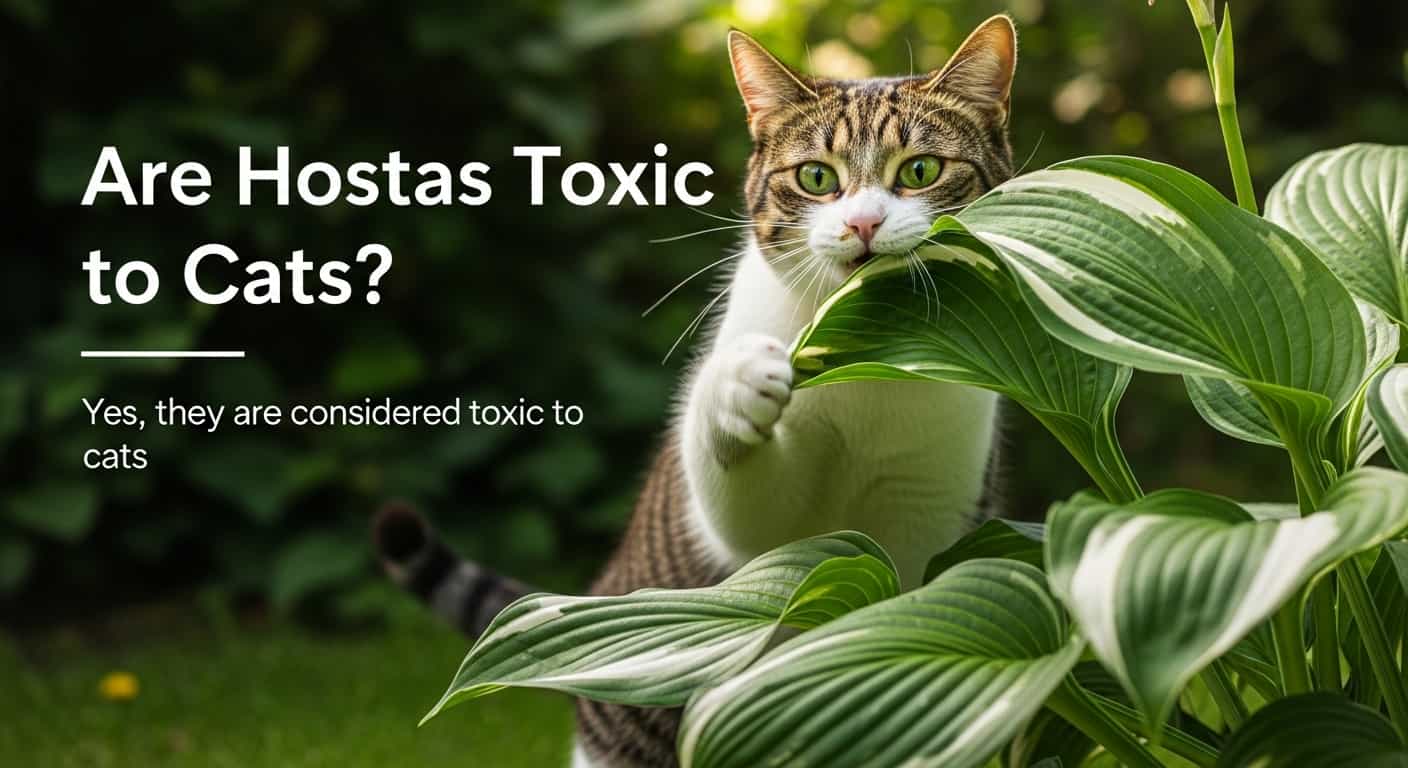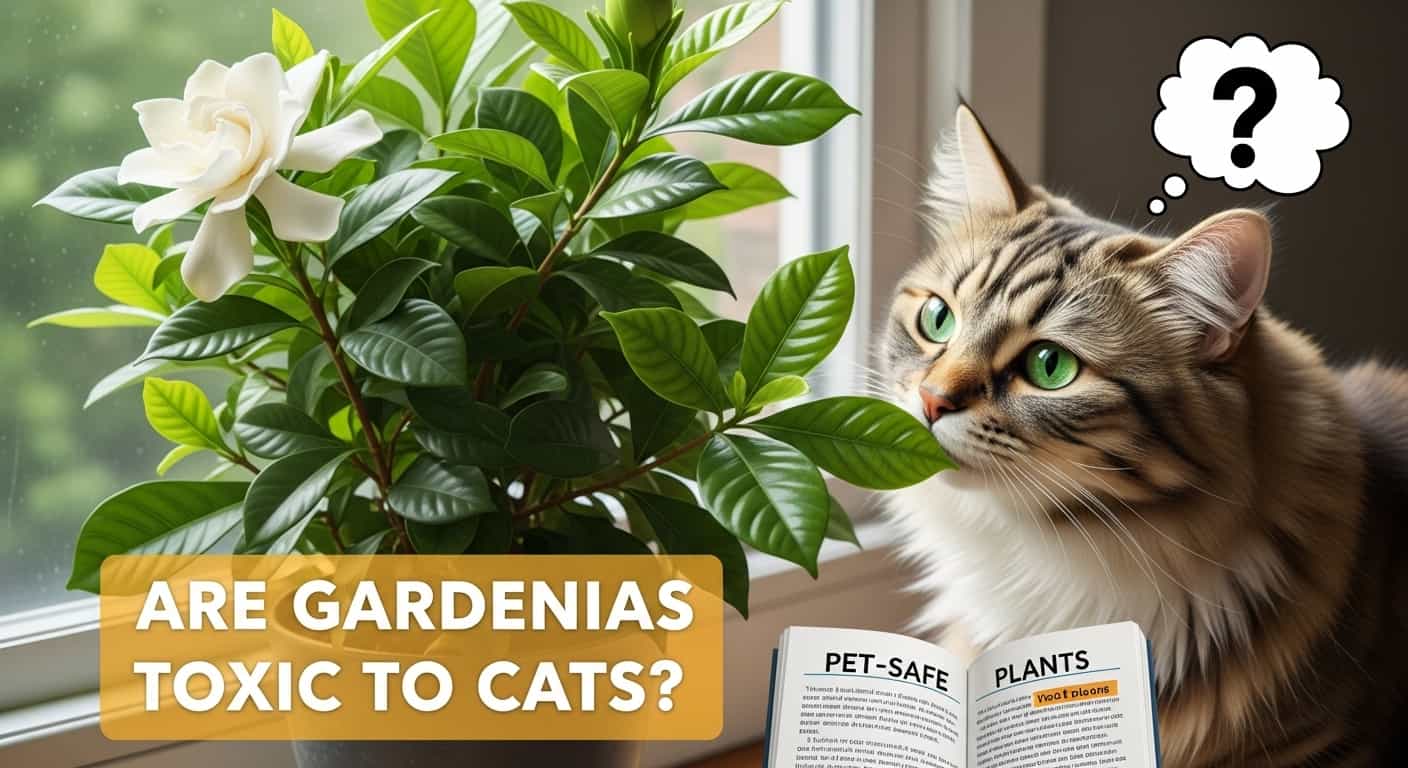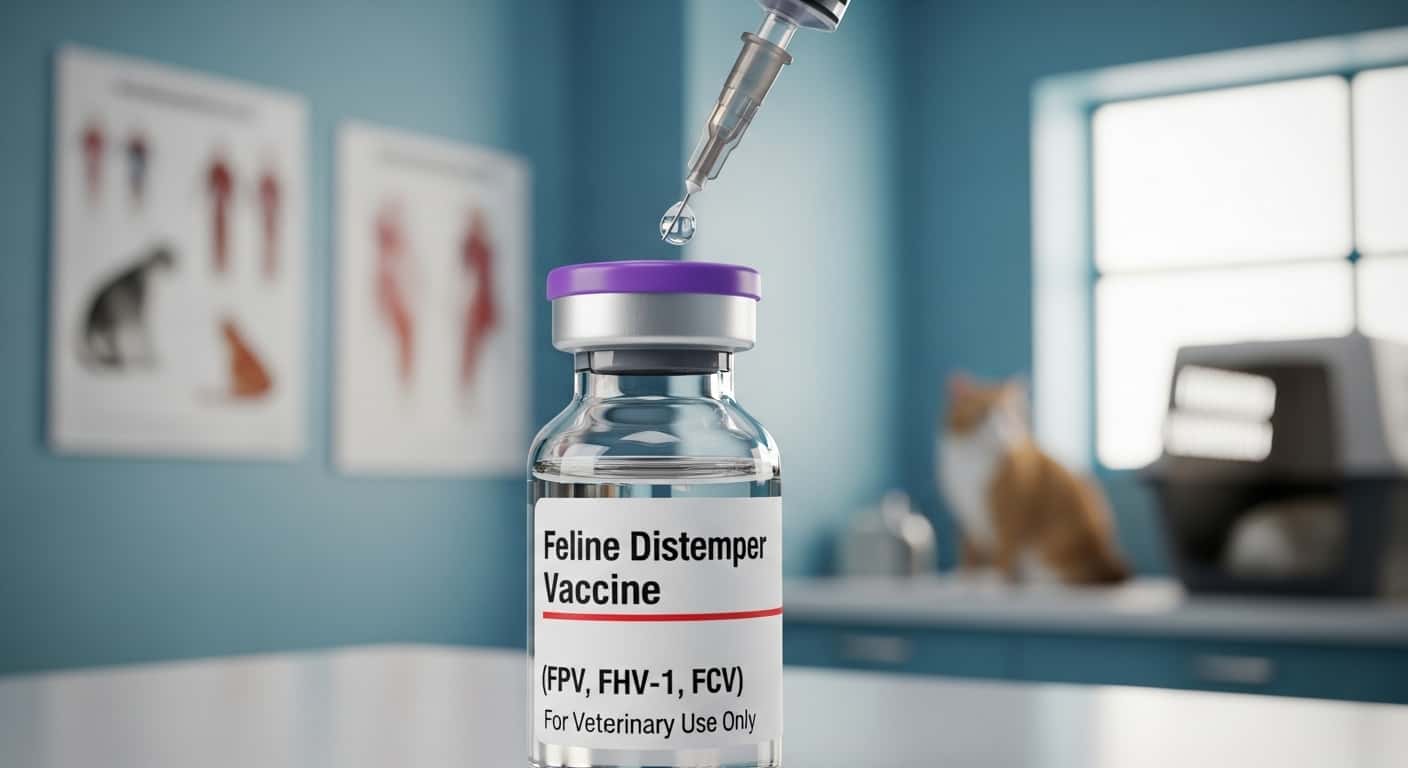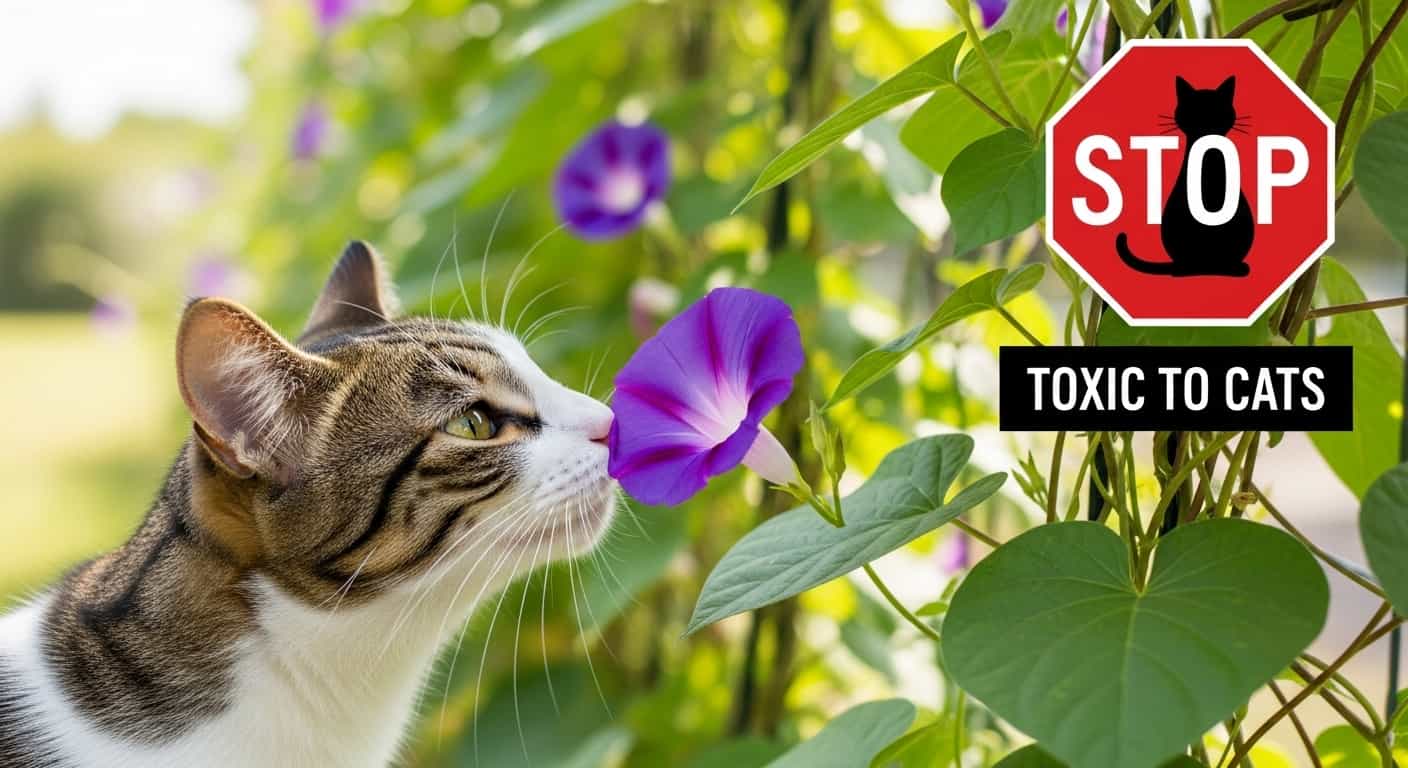Have you ever admired the beauty of kalanchoes in your home, only to wonder if they pose a danger to your feline friend? You’re not alone.
Table of Contents
ToggleAs a cat owner, your pet’s safety is a top priority, and knowing what plants are safe or harmful can be tricky. Kalanchoes are popular for their vibrant blooms and easy care, but could they be toxic to your curious cat?
This is a question that many pet owners face, and it’s crucial to find clear answers. Your peace of mind and your cat’s health depend on it. You’ll discover the facts about kalanchoes and their effects on cats, helping you make informed decisions about your home environment. Keep reading to ensure your home remains a safe haven for your beloved pet.
Kalanchoe Overview
Kalanchoes are popular houseplants known for their colorful flowers. They can be toxic to cats if ingested. Symptoms might include vomiting, diarrhea, and lethargy. Always keep these plants out of reach of pets to ensure their safety.
Kalanchoe Overview Kalanchoe plants are popular houseplants known for their vibrant blooms and easy maintenance. These succulent beauties can brighten up any room with their lush green leaves and colorful flowers. But, if you have a cat, you might be wondering if these plants pose any risk to your furry friend.What Is A Kalanchoe?
Kalanchoe is a genus of about 125 species of tropical, succulent flowering plants. They are native to Madagascar and some parts of Africa. Their fleshy leaves and long-lasting blooms make them a favorite among plant enthusiasts.Popular Varieties Of Kalanchoe
The Kalanchoe family includes a wide range of varieties, each with its unique charm. Some popular ones include Kalanchoe blossfeldiana, known for its vibrant flowers, and Kalanchoe tomentosa, often called the Panda Plant due to its fuzzy leaves. Choosing the right variety can add a splash of color and texture to your indoor space.Here's a related post that you might find useful. Cat Swollen Eye Treatment at Home: Easy Remedies for Quick Relief
Care And Maintenance
Kalanchoes thrive with minimal care, making them perfect for busy individuals. They require bright, indirect sunlight and well-draining soil. Water them sparingly, allowing the soil to dry out between waterings to prevent root rot.Potential Risks For Cats
While Kalanchoes are delightful to the eye, they can be harmful to cats if ingested. The plant contains compounds that may cause gastrointestinal issues, such as vomiting and diarrhea. If your cat is a curious nibbler, it might be wise to place these plants out of reach.Personal Experience With Kalanchoes
I once had a beautiful Kalanchoe sitting on my windowsill, its bright flowers bringing life to the room. However, my cat couldn’t resist its allure and had a nibble. This led to a quick visit to the vet and a lesson learned: always ensure your plants are safe for your pets.Safety Tips For Cat Owners
If you love Kalanchoes but worry about your cat’s safety, consider placing the plants in areas inaccessible to your feline friend. Hanging planters or tall shelves can be great options. Alternatively, explore pet-friendly plants that won’t pose a risk to your cat’s health.Are you willing to compromise on your plant choices for the sake of your pet’s safety, or do you have strategies to keep both your plants and pets happy? Your approach could inspire others facing the same dilemma.

Credit: www.catster.com
Common Types Of Kalanchoe
Kalanchoes are popular houseplants known for their vibrant flowers and succulent leaves. Their easy care and appealing look make them favorites. Understanding their types helps in identifying potential risks to cats. Not all Kalanchoes have the same toxicity levels. Some varieties are more harmful than others.
Kalanchoe Blossfeldiana
Kalanchoe Blossfeldiana is a common variety with bright blooms. It often graces homes with its colorful presence. Despite its beauty, it poses a risk to cats. The plant contains toxins that can harm feline friends. Symptoms may include vomiting and diarrhea.
Here's a related post that you might find useful. Natural Cure for Cat Bladder Infection: Effective Remedies That Work
Kalanchoe Tubiflora
Kalanchoe Tubiflora, also known as Mother of Thousands, is unique. Its elongated leaves produce numerous tiny plantlets. This type is also toxic to cats. Ingestion leads to stomach upset and other symptoms. Keeping it out of reach is crucial for pet safety.
Kalanchoe Daigremontiana
Kalanchoe Daigremontiana is another common type. It is often called the Devil’s Backbone. Its distinctive look makes it popular among plant enthusiasts. Unfortunately, it is harmful to cats. Eating its leaves can cause drooling and lethargy.
Kalanchoe Pinnata
Kalanchoe Pinnata, or the Cathedral Bells, is notable for its tall stems. It is less common but still a household favorite. This plant is toxic to cats as well. Symptoms of ingestion include irregular heartbeat and general weakness.
Understanding these common types helps in safeguarding pets. Always place them in areas inaccessible to curious cats.
Toxicity Levels In Kalanchoe
Kalanchoes are popular houseplants known for their vibrant blooms. But, they pose a risk to cats. Understanding their toxicity levels is crucial for pet owners. This section explores how these plants can affect feline friends.
Toxic Compounds Found In Kalanchoe
Kalanchoes contain toxic compounds called bufadienolides. These chemicals can be harmful to cats. They affect the heart and gastrointestinal systems. The severity depends on the amount ingested.
Symptoms Of Kalanchoe Poisoning In Cats
Symptoms can vary based on exposure. Common signs include vomiting and diarrhea. Cats may also show lethargy or drooling. In severe cases, heart issues may arise. Prompt vet attention is essential.
Severity Of Kalanchoe Toxicity
The toxicity level is generally mild to moderate. Smaller amounts usually cause mild symptoms. Larger ingestions can lead to serious health problems. Always monitor your pet’s behavior around these plants.
Preventing Kalanchoe Exposure
Keep these plants out of reach. Consider placing them in rooms where cats are not allowed. Hanging baskets can be a good option. Regularly check for fallen leaves or flowers. Educate others in the household about the risk.
Symptoms Of Kalanchoe Poisoning
Kalanchoes are popular houseplants known for their vibrant flowers. Yet, they can pose a threat to feline friends. If a cat ingests kalanchoe, it can lead to several serious health issues. Understanding the symptoms of kalanchoe poisoning is vital for quick intervention.
Gastrointestinal Distress
Cats often show signs of gastrointestinal distress after ingesting kalanchoe. Vomiting is common and may happen frequently. Diarrhea can also occur, adding to the discomfort. These symptoms might lead to dehydration, which worsens the situation.
Cardiac Issues
Kalanchoe affects the heart in some cats. Watch for signs like abnormal heart rhythms. Heart rate might increase or become irregular. This can lead to weakness or collapse. Quick veterinary attention is crucial in these cases.
Neurological Symptoms
Neurological symptoms can be alarming. Cats may seem confused or disoriented. Tremors or seizures could happen if the poisoning is severe. Coordination might be off, causing difficulty walking. These symptoms need immediate medical attention.
Immediate Actions For Poisoning
Kalanchoes can be toxic to cats, causing vomiting and diarrhea. Keep these plants out of reach to prevent accidental ingestion. If poisoning occurs, contact a vet immediately for guidance on the next steps.
Dealing with a pet poisoning incident can be incredibly stressful, especially when it involves your beloved feline friend and a seemingly harmless houseplant like the Kalanchoe. Knowing immediate actions for poisoning can be a lifesaver. Cats are curious creatures, and if they nibble on a Kalanchoe, they could experience symptoms ranging from mild upset stomachs to serious issues. Your quick response could be pivotal in ensuring their safety.Contacting A Veterinarian
The first action you should take is to contact a veterinarian. Time is of the essence here. Explain the situation clearly and provide details about what your cat consumed. This helps the vet assess the severity and guide you on the next steps. You might be asked to bring your cat in immediately. Always keep your vet’s emergency contact handy, as it can be a lifesaver in such situations.Home Remedies
While waiting to consult with a vet, some home remedies might help. However, these should never replace professional advice. If your cat is vomiting, offer them small amounts of water to stay hydrated. But avoid inducing vomiting unless directed by a vet. Activated charcoal can sometimes be used to absorb toxins, but only if a vet recommends it. What would you do if your cat showed symptoms of poisoning? It’s crucial to act swiftly and prioritize their health. Remember, your actions can make a significant difference in your cat’s recovery journey.
Credit: www.reddit.com
Preventive Measures
Kalanchoes can be harmful to cats if ingested. Keeping these plants out of reach is crucial for pet safety. Consider using cat-friendly alternatives to maintain a safe home environment.
As a cat owner, you want to ensure your feline friend stays safe and healthy. One potential risk is having toxic plants like Kalanchoes in your home. These popular succulents can pose a danger to cats if ingested. Implementing preventive measures can safeguard your pet while still allowing you to enjoy greenery in your space. Let’s explore some practical steps you can take.Safe Plant Alternatives
Instead of Kalanchoes, opt for non-toxic plants that bring life to your home without risking your cat’s health. Consider spider plants, bamboo palms, or Boston ferns. These are beautiful and safe for your curious kitty. Adding these plants will not only brighten up your space but also keep your cat entertained. Cats love to explore and play with plants, so why not choose ones that won’t harm them? Another great option is cat grass. It’s not only safe but also provides your pet with additional nutrients. Plus, it can keep them from munching on your other plants!Cat-friendly Gardening Tips
Creating a cat-friendly garden inside your home doesn’t have to be complicated. Start by placing plants out of your cat’s reach. High shelves or hanging pots can prevent accidental ingestion. If your cat loves to dig, try using decorative stones on the soil surface. This discourages them from playing in the dirt and keeps your plants safe. Consider dedicating a small area to cat-friendly plants. You could create a mini garden where your cat can safely explore. Do you think your cat would enjoy its own green space? Using natural deterrents like citrus peels around toxic plants can also help keep your cat away. Cats generally dislike the smell, so it’s a simple yet effective solution.Implementing these preventive measures allows you to enjoy a lush, green environment while keeping your cat safe. What changes will you make to create a safe haven for your pet?
Consulting Professionals
When concerned about your cat’s safety around kalanchoes, consulting professionals is crucial. Reliable information from experts can prevent potential hazards. They provide insights that guide safe plant choices. Seeking professional advice ensures your pet’s well-being.
Veterinary Advice
Veterinarians are invaluable for pet owners. They offer accurate advice based on medical expertise. Vets understand the effects of toxic plants. A consultation can reveal whether kalanchoes pose a risk. Their insights help you make informed decisions. Trust their guidance for your cat’s safety.
Toxicology Resources
Toxicology resources provide essential data about plant toxicity. These resources include databases and articles. They categorize plants based on their toxicity levels. Accessing these resources aids in identifying harmful plants. They offer detailed information on symptoms and treatment. They empower pet owners to protect their cats effectively.

Credit: www.gntos.org
Frequently Asked Questions
Are Kalanchoes Dangerous For Cats?
Yes, kalanchoes are toxic to cats. These plants contain compounds that can cause vomiting, diarrhea, and lethargy. If ingested in large quantities, kalanchoes can lead to more severe symptoms, including abnormal heart rhythms. It’s crucial to keep these plants away from cats to ensure their safety.
What Symptoms Do Cats Show After Eating Kalanchoe?
Cats may exhibit vomiting, diarrhea, and drooling after ingesting kalanchoe. They might also show signs of depression and a lack of appetite. In severe cases, cats can experience tremors or heart issues. If you notice these symptoms, consult a veterinarian immediately.
How Can I Prevent My Cat From Eating Kalanchoe?
Keep kalanchoes out of reach, ideally in rooms your cat can’t access. Use hanging planters or high shelves to prevent contact. You can also train your cat to avoid plants by using deterrents. Consider providing cat-friendly plants as alternatives to satisfy their curiosity.
What Should I Do If My Cat Eats Kalanchoe?
If your cat eats kalanchoe, contact your veterinarian immediately. Provide them with details about the ingestion and any symptoms. Do not induce vomiting unless instructed by a professional. Quick action is essential to prevent serious health issues in your cat.
Conclusion
Kalanchoes can harm cats if ingested. Keep these plants out of reach. Symptoms include drooling, vomiting, or diarrhea. Quick action is crucial if your cat eats kalanchoe. Contact your vet immediately for guidance. Prevention is always better than cure. Choose non-toxic plants for your home.
Your cat’s safety comes first. Simple changes can protect your furry friend. Stay informed. Keep your home safe and cat-friendly. Always research plants before bringing them home. Protect your pet. Enjoy peace of mind.

